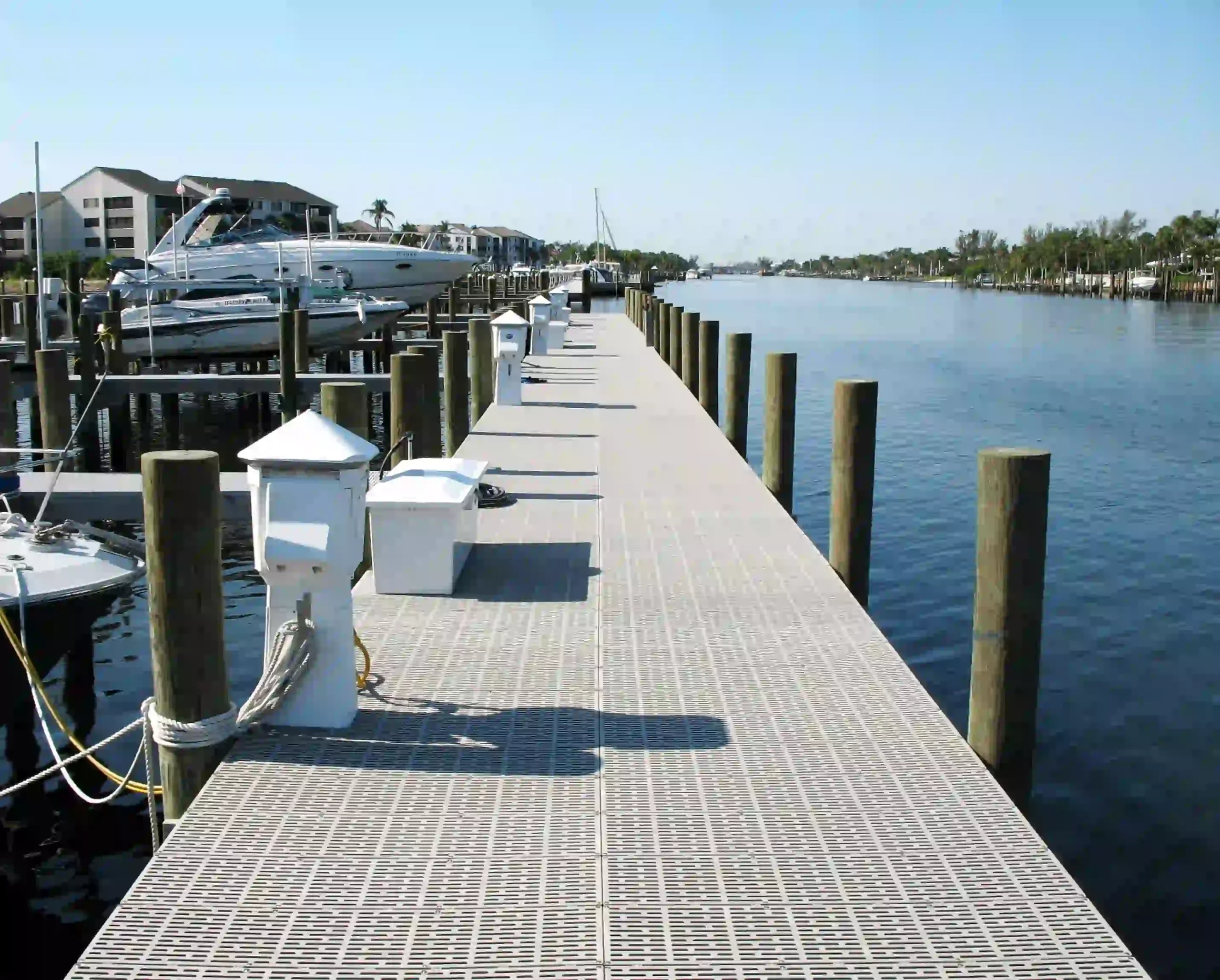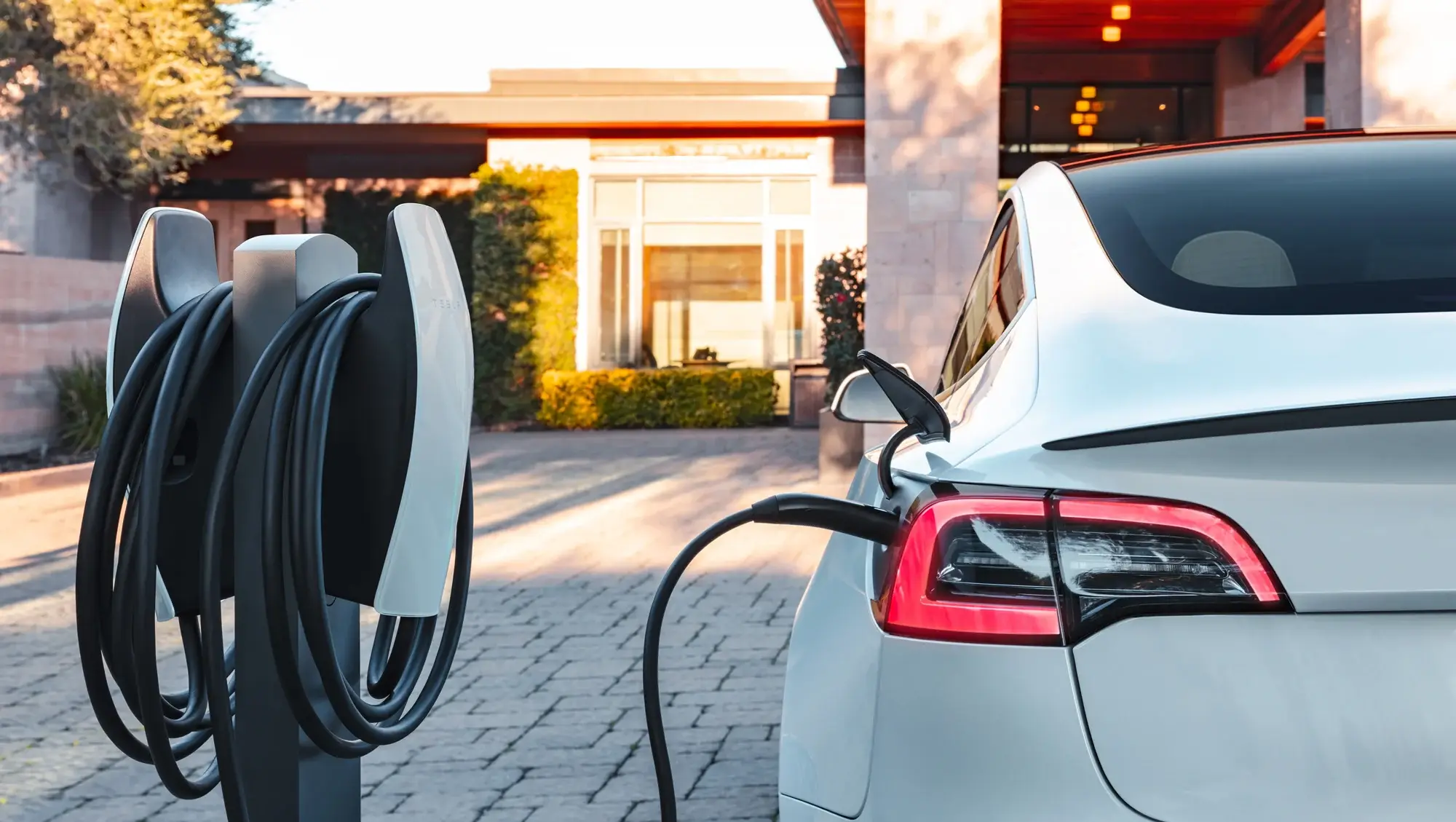In the dynamic world of sustainable business practices, eco-friendly dock construction stands out as a symbol of advancement for savvy entrepreneurs. With a growing emphasis on environmental stewardship, integrating eco-conscious methods in dock building showcases innovation and responsibility.
Exploring how these practices align with sustainable business growth reveals a path towards a greener future. The profound connection between sustenable dock construction and the goals of forward-thinking entrepreneurs unveils the transformative power of sustainable business practices.
Key Takeaways
- Utilizing sustainable materials like recycled plastic lumber, bamboo, composite decking, aluminum, and local hardwoods for eco-friendly dock construction.
- Incorporating energy-efficient designs such as renewable energy sources, efficient insulation, and optimized layouts for reduced energy consumption.
- Implementing eco-conscious maintenance practices including regular inspections, use of environmentally friendly products, proper waste disposal, and habitat preservation.
- Gaining certification benefits and promoting business sustainability through environmental management systems, sustainable construction practices, and enhanced brand reputation.
Environmental Impact of Dock Construction
The environmental impact of dock construction is a critical consideration that demands meticulous attention to ensure sustainable practices are upheld throughout the project lifecycle. From site selection to material sourcing, each phase must be carefully evaluated to mitigate ecological harm. Utilizing eco-friendly construction materials such as recycled steel or sustainably sourced wood can significantly reduce the carbon footprint of the project.
Implementing erosion control measures, like silt fences and sediment barriers, can prevent soil runoff into nearby water bodies, preserving water quality and aquatic habitats.
Furthermore, incorporating energy-efficient lighting and renewable energy sources into dock design can minimize electricity consumption and lower greenhouse gas emissions. Adhering to strict waste management protocols, such as recycling construction debris and limiting single-use plastics on-site, is paramount in reducing environmental pollution.
Partnering with environmental agencies for regular monitoring and compliance checks ensures that the construction activities align with local regulations and international sustainability standards. By adopting these practices, eco-friendly dock construction can set a benchmark for responsible development in coastal areas, fostering a sense of environmental stewardship among stakeholders.
Benefits of Eco-Friendly Docks
Navigating from the environmental considerations of dock construction, the advantages of implementing eco-friendly practices in dock building become apparent through their positive impact on sustainability and resource conservation. Eco-friendly docks offer a range of benefits that align with the values of progressive entrepreneurs seeking sustainable business practices.
One key advantage is the reduction of negative environmental impacts. By using materials and construction techniques that minimize harm to ecosystems, eco-friendly docks help maintain the natural balance of aquatic environments. Additionally, these docks often have lower maintenance requirements, leading to cost savings in the long run. The use of sustainable materials not only reduces the carbon footprint but also contributes to a positive brand image for businesses that prioritize environmental stewardship.
Furthermore, eco-friendly docks can enhance the overall aesthetics of the waterfront, providing a visually appealing and environmentally conscious space for both business operations and recreational activities. By choosing eco-friendly dock construction, entrepreneurs can demonstrate their commitment to sustainability while reaping the practical benefits it offers.
Sustainable Materials for Dock Building
Optimizing sustainability in dock construction necessitates a meticulous selection of materials that align with eco-friendly principles and long-term durability. When it comes to building eco-friendly docks, choosing the right materials is crucial for minimizing environmental impact and ensuring the longevity of the structure.
Here are five sustainable materials that are commonly used in dock building:
- Recycled Plastic Lumber: Made from recycled plastic materials, this lumber is durable, resistant to rot and insects, and requires minimal maintenance.
- Bamboo: A rapidly renewable resource, bamboo is strong, lightweight, and resistant to moisture, making it an excellent choice for dock construction.
- Composite Decking: Composed of recycled wood fibers and plastic, composite decking offers the appearance of wood without the maintenance requirements.
- Aluminum: Lightweight and corrosion-resistant, aluminum is a sustainable option that can withstand harsh marine environments.
- Local Hardwoods: Sourcing hardwoods from sustainably managed forests helps reduce the environmental impact of dock construction while supporting local economies.
Energy-Efficient Dock Designs
Incorporating energy-efficient design principles into dock construction not only enhances sustainability but also contributes to long-term environmental stewardship. Energy-efficient dock designs focus on minimizing energy consumption while maximizing performance.
One key aspect is utilizing renewable energy sources such as solar panels to power dock lighting and equipment, reducing reliance on traditional electricity grids. Implementing energy-efficient insulation materials in dock buildings can also help regulate temperature, reducing the need for excessive heating or cooling.
Furthermore, optimizing the layout and orientation of docks can enhance natural lighting and ventilation, reducing the need for artificial lighting and air conditioning during operational hours. Investing in energy-efficient machinery and equipment, such as low-power consumption pumps and motors, can significantly decrease energy usage and operational costs over time.
Monitoring energy usage through smart meters and implementing energy-saving practices like scheduling regular maintenance can further improve the overall energy efficiency of dock operations. By embracing energy-efficient dock designs, businesses can not only reduce their environmental footprint but also achieve long-term cost savings and operational efficiency.

Eco-Conscious Dock Maintenance Tips
Implementing sustainable practices in dock maintenance is crucial for preserving the environment and ensuring the longevity of infrastructure. To achieve eco-conscious dock maintenance, consider the following tips:
- Regular Inspections: Conduct routine inspections to identify and address any maintenance issues promptly, preventing further damage.
- Environmentally Friendly Cleaning Products: Utilize non-toxic and biodegradable cleaning products to minimize harm to aquatic life and water quality.
- Proper Waste Disposal: Dispose of waste materials properly, recycling where possible, and ensuring hazardous materials are handled according to regulations.
- Energy-Efficient Lighting: Opt for energy-efficient lighting options such as LED fixtures to reduce electricity consumption and lower environmental impact.
- Natural Habitat Preservation: Take steps to preserve the natural habitat around the dock, such as planting native vegetation, to support local ecosystems and biodiversity.
Certifications for Eco-Friendly Dock Construction
For eco-friendly dock construction, obtaining relevant certifications is essential to validate adherence to sustainable building practices and environmental standards. Certifications such as LEED (Leadership in Energy and Environmental Design) for sustainable building practices, ISO 14001 for environmental management systems, and Forest Stewardship Council (FSC) for responsibly sourced wood are crucial for demonstrating a commitment to eco-conscious construction. These certifications not only showcase a company’s dedication to reducing environmental impact but also provide credibility and assurance to customers and stakeholders.
LEED certification focuses on factors like energy efficiency, water savings, and material selection, ensuring that the construction process minimizes environmental harm. ISO 14001 certification establishes an effective environmental management system, emphasizing continual improvement and compliance with legal requirements. FSC certification guarantees that the wood used in construction comes from responsibly managed forests, promoting conservation and sustainable practices.
Frequently Asked Questions
How Can Eco-Friendly Dock Construction Help Protect Marine Ecosystems?
Eco-friendly dock construction can protect marine ecosystems by utilizing sustainable materials, minimizing habitat disturbance, and incorporating eco-conscious designs to reduce pollution and promote biodiversity. Such practices contribute to the preservation of aquatic environments for future generations.
Are There Any Cost-Saving Benefits to Investing in Eco-Friendly Dock Construction?
Investing in eco-friendly dock construction offers numerous cost-saving benefits. By utilizing sustainable materials and practices, businesses can reduce long-term maintenance costs, increase energy efficiency, qualify for tax incentives, and enhance their brand image as environmentally responsible entities.
What Are Some Innovative Sustainable Materials That Can Be Used in Dock Building?
Innovative sustainable materials for dock building include recycled plastic lumber, sustainably sourced wood like bamboo, composite decking made from recycled materials, and reclaimed metal. These materials offer durability, eco-friendliness, and contribute to the circular economy.
How Do Energy-Efficient Dock Designs Contribute to Reducing Carbon Emissions?
Energy-efficient dock designs reduce carbon emissions by incorporating solar panels, LED lighting, and efficient water circulation systems. These features minimize the need for traditional power sources, decreasing the carbon footprint associated with dock operations.
What Are Some Eco-Conscious Maintenance Tips for Ensuring the Longevity of Eco-Friendly Docks?
To ensure the longevity of eco-friendly docks, implement regular inspections for wear and tear, use environmentally friendly cleaning products, employ proper stormwater management practices, opt for sustainable materials, and promote responsible usage among dock users.
Conclusion
In conclusion, eco-friendly dock construction presents a promising avenue for progressive entrepreneurs looking to align their business practices with sustainable principles. By considering the environmental impact of dock construction, utilizing sustainable materials, implementing energy-efficient designs, and following eco-conscious maintenance tips, businesses can not only reduce their carbon footprint but also contribute to the preservation of natural resources. Embracing certifications for sustainable dock construction further solidifies their commitment to environmental stewardship and positions them as leaders in sustainable development.
You May Also Like:


